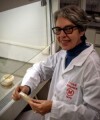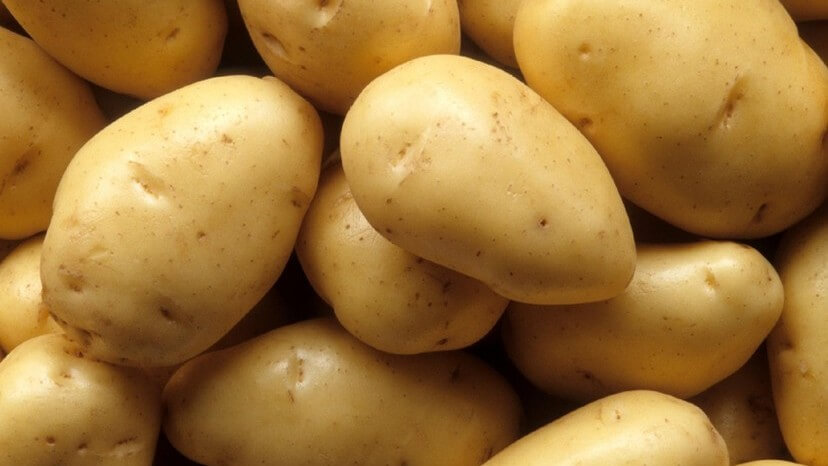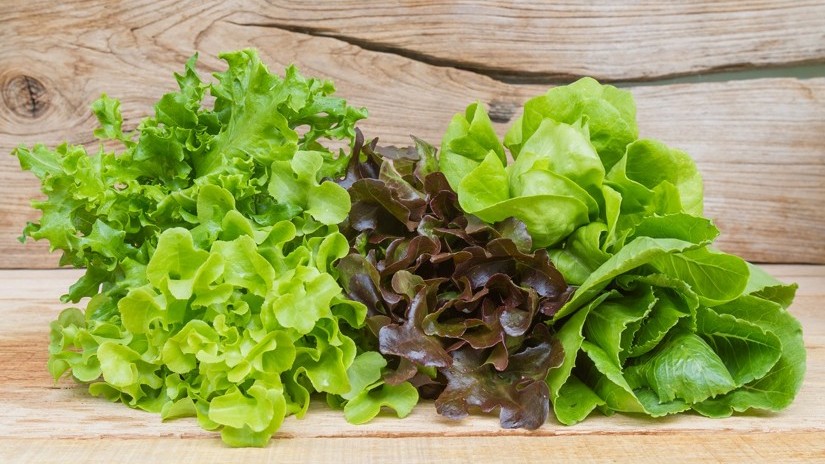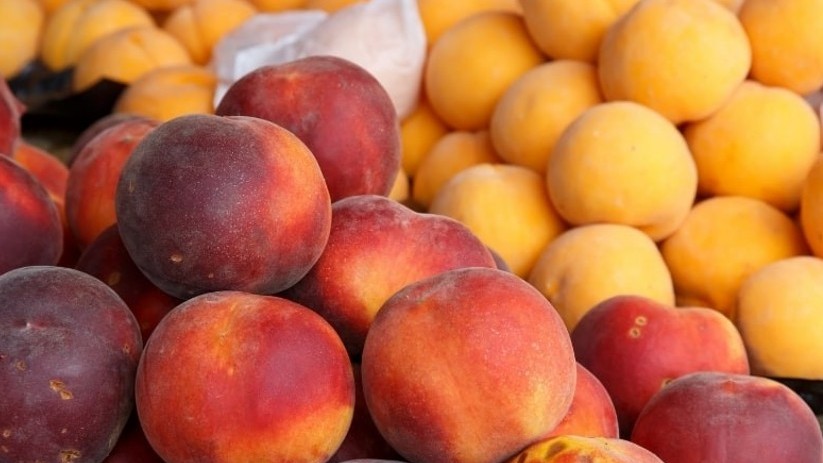News
Postharvest UVC Radiation in Carrots to Increase Phenolic Compounds
The use of UVC radiation as a postharvest stressor increases the concentration of phenolic compounds and antioxidant status in purple, orange, and white Carrots
Carrots (Daucus carota, family Apiaceae) are widely consumed both fresh and processed. Due to their rich nutritional value (carotenoid content, provitamin A, α and β-carotene), they dominate most markets worldwide.
However, carrot germplasm harbors a wide genetic diversity in root color—including purple, red, yellow, and white phenotypes—and their nutritional value.
Nutritional and Industrially Relevant Compounds
The main root of the black or purple carrot accumulates anthocyanins in variable concentrations, exhibiting different pigmentation patterns in the root tissues, usually combined with carotenoid pigments, with this variation being genetically conditioned.
These flavonoid and polyphenol pigments have been shown to possess antioxidant and anti-inflammatory properties, and their consumption has been associated with better human health and disease prevention.
Due to increasing health awareness and consumer demand for dietary phytochemicals, postharvest technological approaches aimed at elevating phenolic levels and antioxidant status in fruits and vegetables are of interest.
Anthocyanins from carrots are also used as natural colorants in the food industry, primarily due to their high content of acylated anthocyanins, which are chemically more stable and therefore less prone to degradation and oxidation than non-acylated anthocyanins.
Unlike purple and orange carrots, which are rich in carotenoid and anthocyanin pigments, respectively, white carrots have very low or undetectable levels of any pigment. This latter phenotype can serve as a valuable pigment-free reference (negative control) in studies comparing pigment-related responses in different root colors.
Phenolic acids are the main subclass of non-anthocyanin phenolics in carrots, with chlorogenic acid being the most abundant, regardless of root color.
Various Stress Types Increase the Concentration of Nutritional Compounds of Interest
Previous studies have shown that fruits and vegetables often respond to postharvest abiotic stress by increasing phenolic metabolism. This response involves the synthesis of antioxidants to counteract the oxidative environment produced by the stress. For example, stress due to cutting enhances the activity of phenylalanine ammonia-lyase, a key enzyme involved in phenolic biosynthesis, leading to increases in their concentration.
Orange carrots, in particular, have been found to increase phenolic content and antioxidant capacity in response to cutting and/or UVC treatment (8 kJ m-2)*. The effect of different processing degrees on "fresh-cut" (also known as "minimally processed") carrots on phenolic concentration in three orange root cultivars was studied, reporting cultivar-dependent differences in intensity. Greater increases in phenolic concentration were observed in orange carrots subjected to higher cutting intensities. Furthermore, when root cutting was combined with UVC radiation, a synergistic increase in phenolic compound levels was observed.
A recent study evaluated the UVC response in whole and freshly cut roots of orange, yellow, and purple carrots, revealing UVC-induced increases in total phenolics and antioxidants, while the anthocyanin content and composition were not affected by UVC.
Anthocyanin pigmentation has been shown to be controlled by different regulatory genes—at the tissue-specific level—in different genetic backgrounds. The fact that other anthocyanin-rich fruits and vegetables have shown increased anthocyanin content in response to UVC radiation suggests a similar response may be found in some purple carrot genotypes.
Post-treatment storage with UVC at a temperature of approximately 20ºC for 5 to 8 days induces the biosynthesis and intense accumulation of these pigments.
Variable Potential to Increase Nutraceutical Value
Additional research examining the role of anthocyanins in carrot response to UVC revealed that these pigments inhibit the upregulation of UVC-induced phenolic acid biosynthesis in a dose-dependent manner, presumably due to their photoprotective functions as antioxidant and light-absorbing agents.
Together, these data suggest a variable potential to increase nutraceutical value in different colored carrots due to UVC radiation.
*UVC ultraviolet radiation can be divided into UVA, UVB, and UVC; this classification is based on wavelength: UVA from 400 to 315 nm; UVB from 315 to 280 nm, and UVC from 280 to 100 nm.
Sources
Valerga, L.; González, R. E.; Mauricci, M.; Concellón, A.; Cavagnaro, P. F. (2024). Use of UVC radiation as a postharvest stressor to increase phenolic compounds concentration and antioxidant status in purple, orange, and white carrots. Postharvest Biology and Technology, 211: 112817.
Image Dinkos Semillas. Accessed on 05/24/2024.













